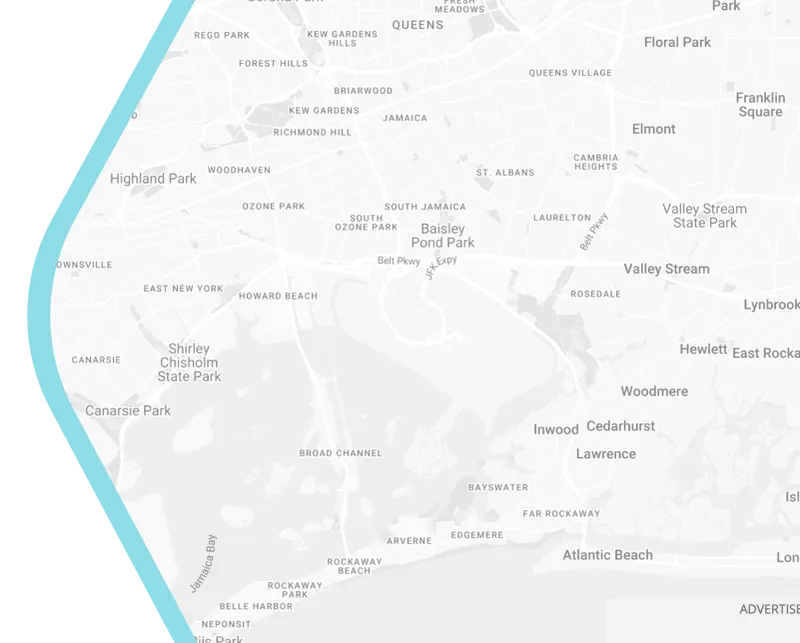
How Underground Hyperloops Could Solve Megacity Traffic Crises
Beneath the chaotic streets of megacities like Tokyo, Jakarta, and Mexico City—where commuters spend 100+ hours yearly in traffic—lies an untapped frontier. As urban populations swell toward 10 billion by 2050, surface transport groans under the weight of its own inefficiency. Enter the underground hyperloop: a vacuum-sealed, near-supersonic transit system weaving through subterranean tunnels. This isn’t science fiction; it’s a tangible engineering revolution promising to turn soul-crushing commutes into 15-minute cross-city dashes.
The Anatomy of an Underground Hyperloop
Picture a network of low-pressure tubes buried deep beneath skyscrapers and sewers, where pod-like vehicles levitate using magnetic propulsion. Unlike traditional subways, hyperloops eliminate air resistance and friction, enabling speeds exceeding 700 km/h—faster than commercial jets. Elon Musk’s 2013 white paper sparked global interest, but recent advances in tunnel-boring tech (like The Boring Company’s Prufrock robots) have slashed excavation costs by 90%. These tunnels, no wider than a car, could slot beneath existing metro lines without disrupting city life.
Why Megacities Need Hyperloops Now
Consider Delhi, where traffic congestion drains $22 billion annually in lost productivity. Or Los Angeles, where the average driver wastes 119 hours yearly idling in gridlock. Surface solutions—wider roads, flyovers—only invite more cars through induced demand. Underground hyperloops bypass this entirely:
- Space Efficiency: Tunnels occupy negligible surface real estate.
- Zero Emissions: Electric propulsion replaces fossil-fueled vehicles.
- Scalability: Networks expand outward like tree roots, connecting satellite cities.
A MIT study estimates hyperloops could reduce urban traffic by 40% by diverting inter-district commuters underground.
Engineering Breakthroughs Overcoming Past Hurdles
Early hyperloop concepts faltered on seismic safety and cost concerns. Now, innovations like:
- AI-Powered Tunnel Sensors: Detecting ground shifts milliseconds before humans.
- Modular Tube Assembly: Prefab segments slashing construction timelines.
- Regenerative Braking: Harvesting kinetic energy to power adjacent pods.
… have turned skeptics into believers. Dubai’s ongoing "Hyperloop One" project—targeting 12-minute airport-to-city-center trips—demonstrates how desert geology provides ideal tunneling conditions. Similar pilots are advancing in South Korea and Germany.
The Human Impact Beyond Speed
For architects and urban planners, hyperloops unlock radical redesigns. Imagine:
- Reclaimed Surface Spaces: Highways converted into parks or affordable housing.
- Equitable Access: Stations in underserved suburbs linked directly to job hubs.
- Noise Revolution: Silent tunnels replacing the roar of elevated trains.
As Singapore’s Urban Redevelopment Authority noted, "Subterranean transit lets us heal the skin of our cities."
Navigating the Roadblocks Ahead
Challenges persist—particularly in flood-prone cities like Bangkok or earthquake-vulnerable Tokyo. Critics cite upfront costs (up to $60M/km) and regulatory gray zones. Yet these pale against the $1 trillion/year global traffic drain. Forward-thinking cities are acting:
- Seoul: Testing hyperloop-specific insurance frameworks.
- London: Zoning "subsurface air rights" for private investors.
- California: Streamlining environmental reviews for pilot corridors.
The Future Below Our Feet
The underground hyperloop represents more than transit—it’s a philosophy. By moving transport beneath concrete jungles, we gift cities back to people: cleaner air, quieter streets, and time reclaimed from bumper-to-bumper purgatory. As tunneling tech accelerates, the 2030s may see the first operational systems. For megacities drowning in traffic, the solution isn’t rising upward… but digging intelligently downward.
